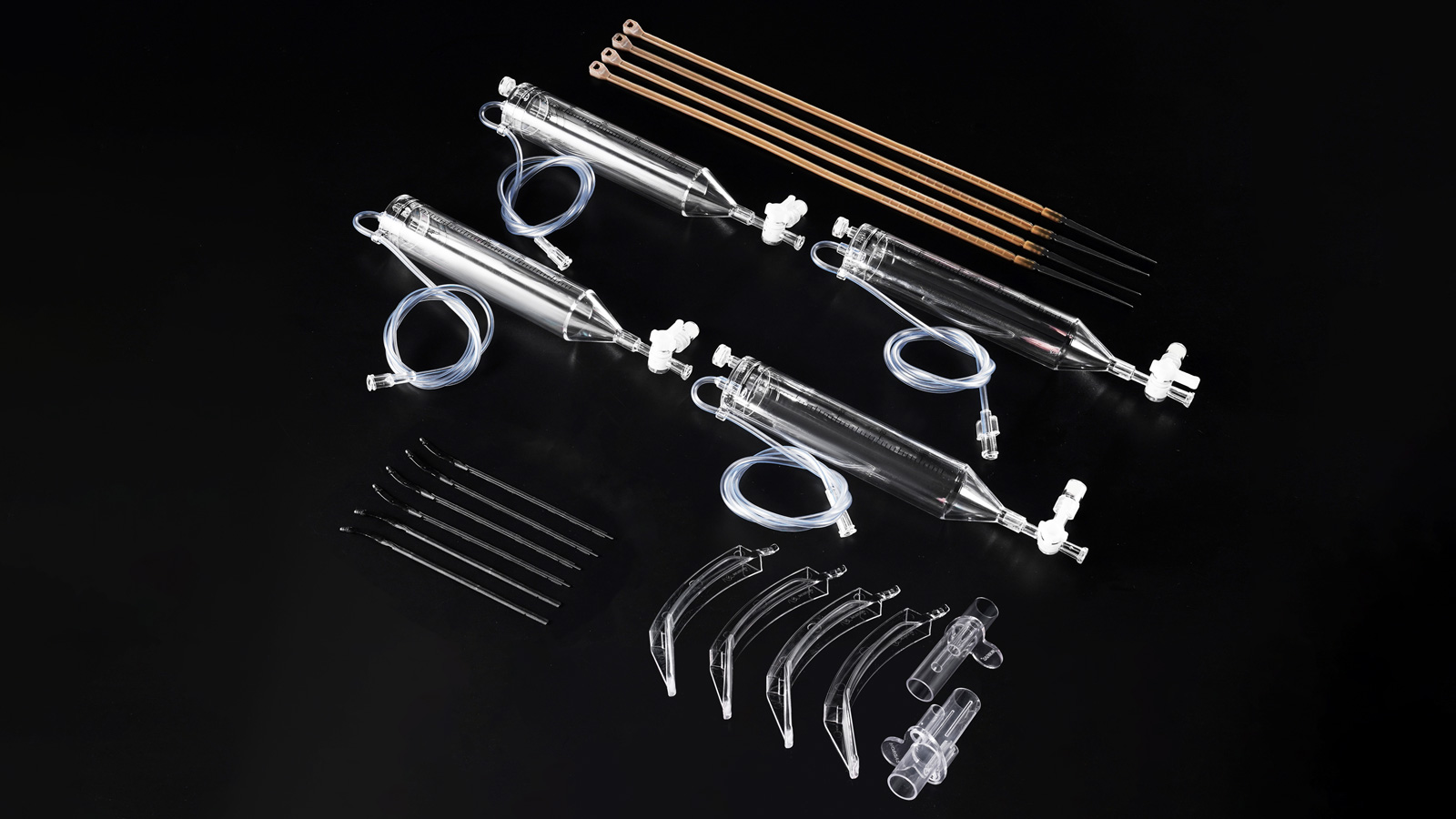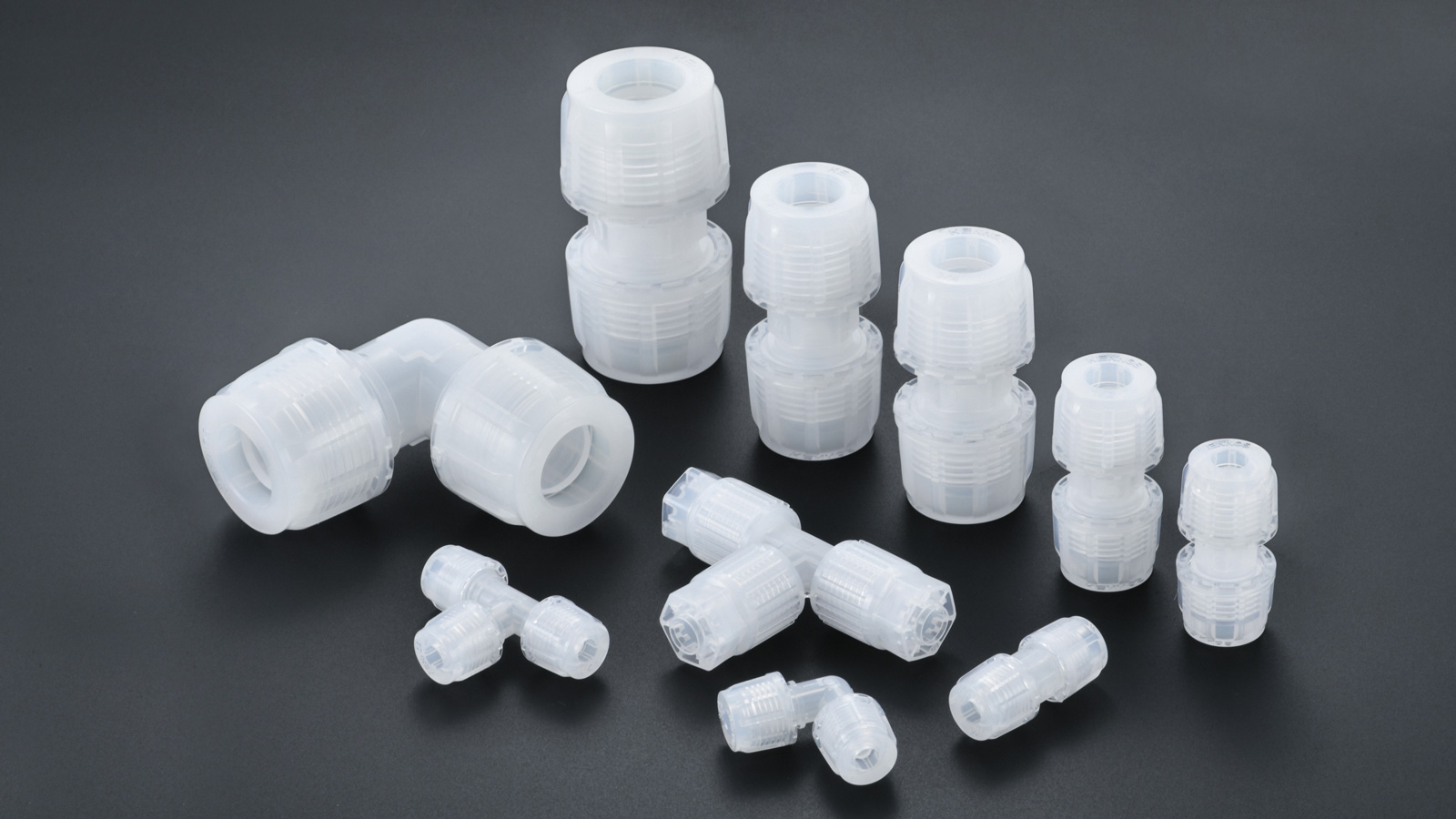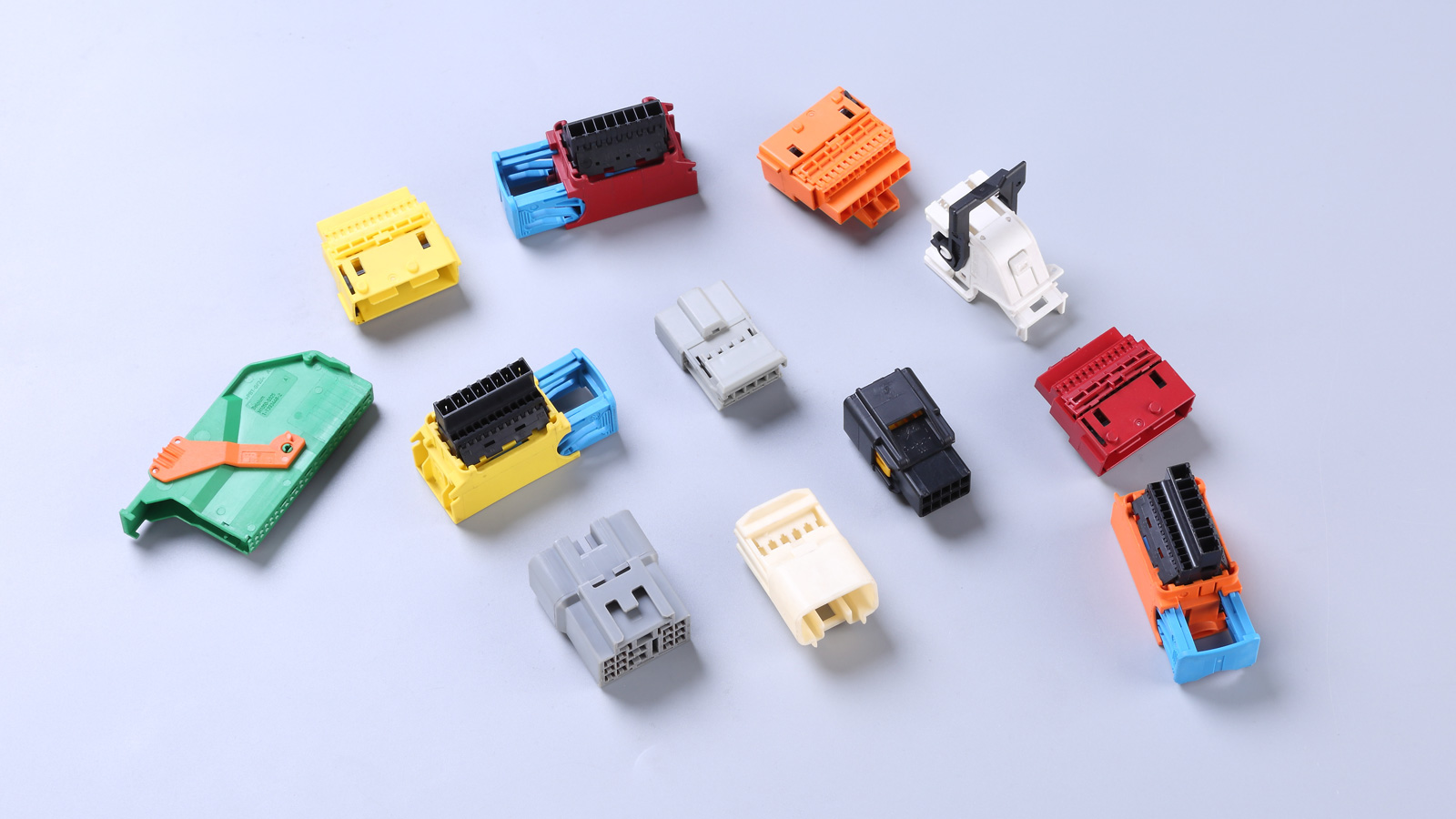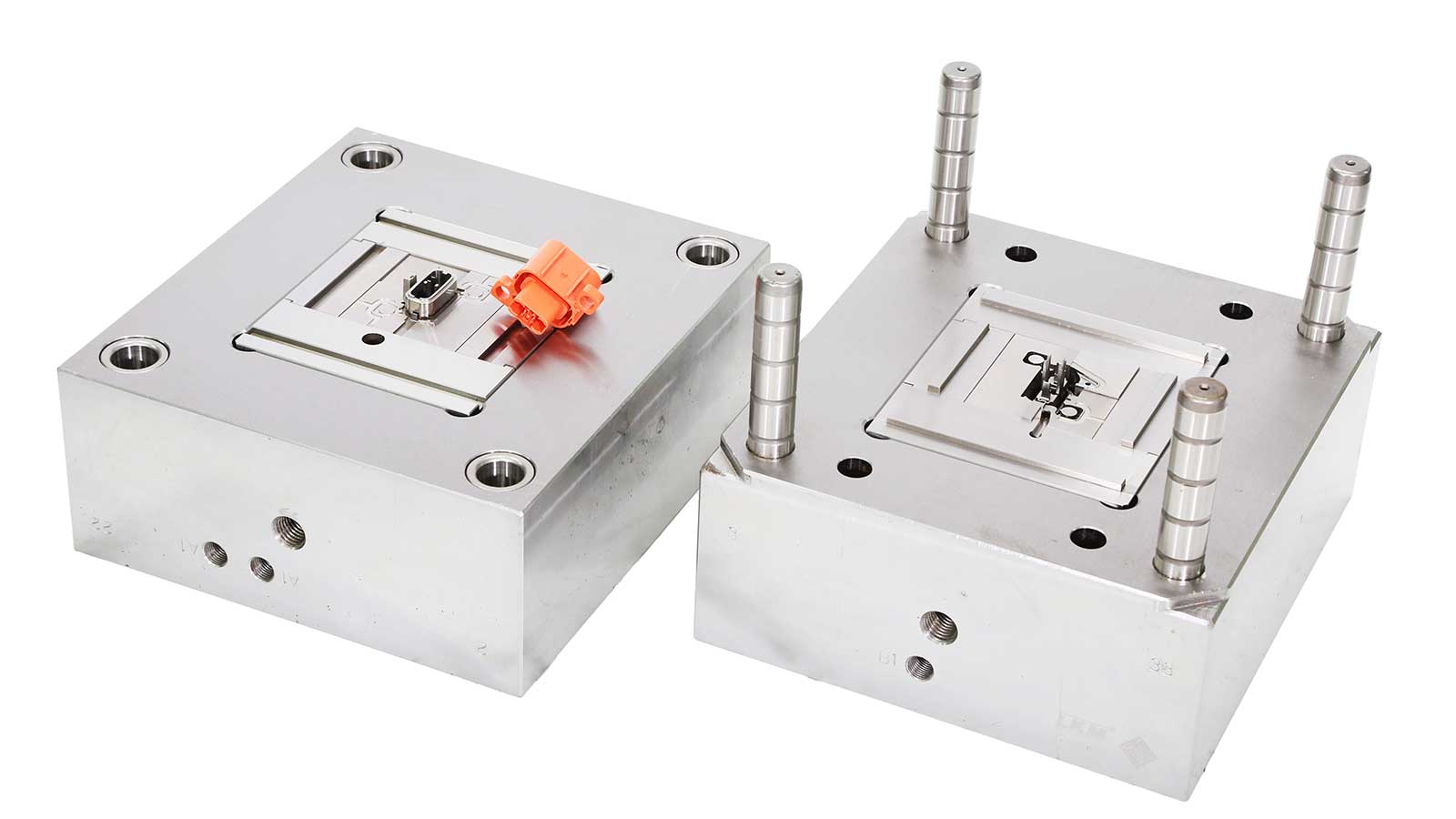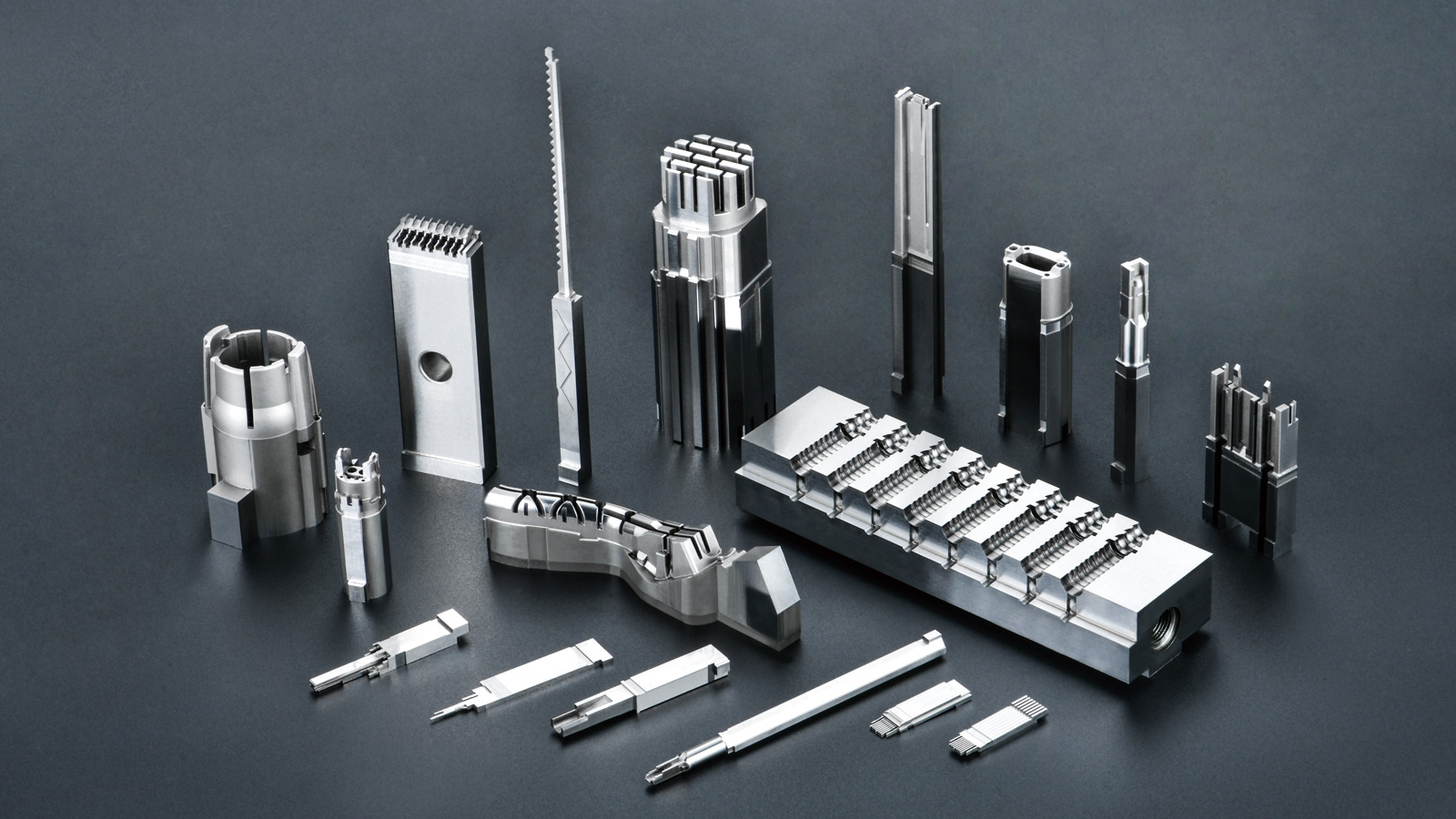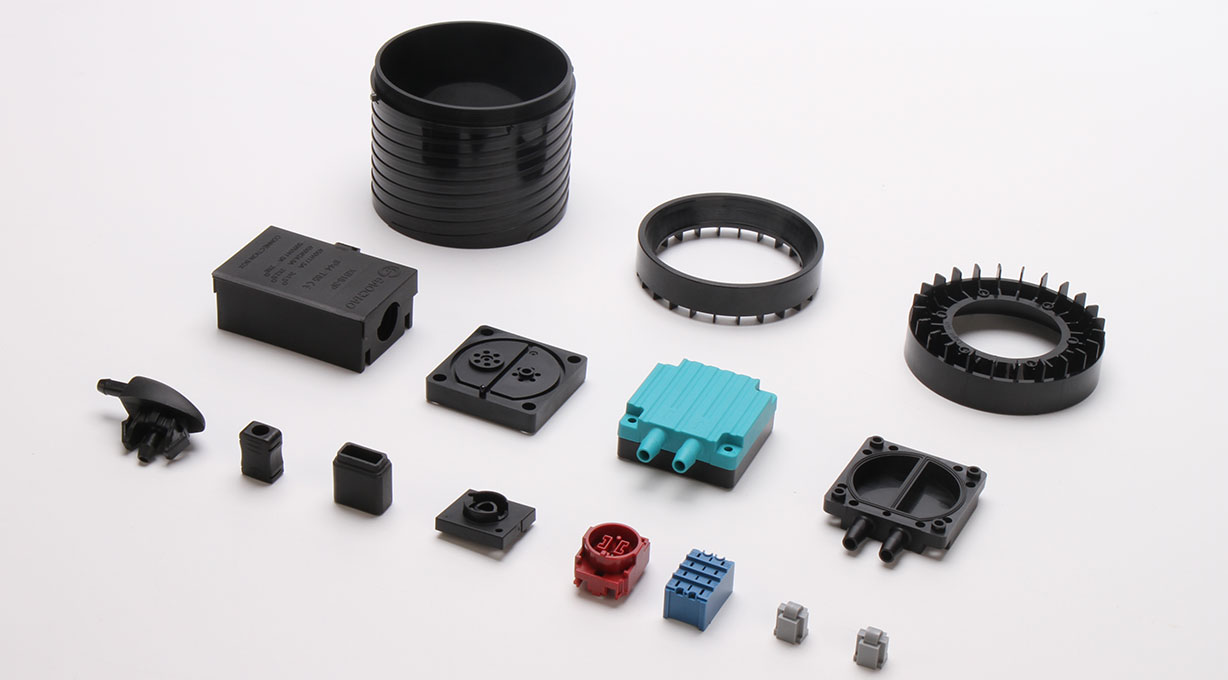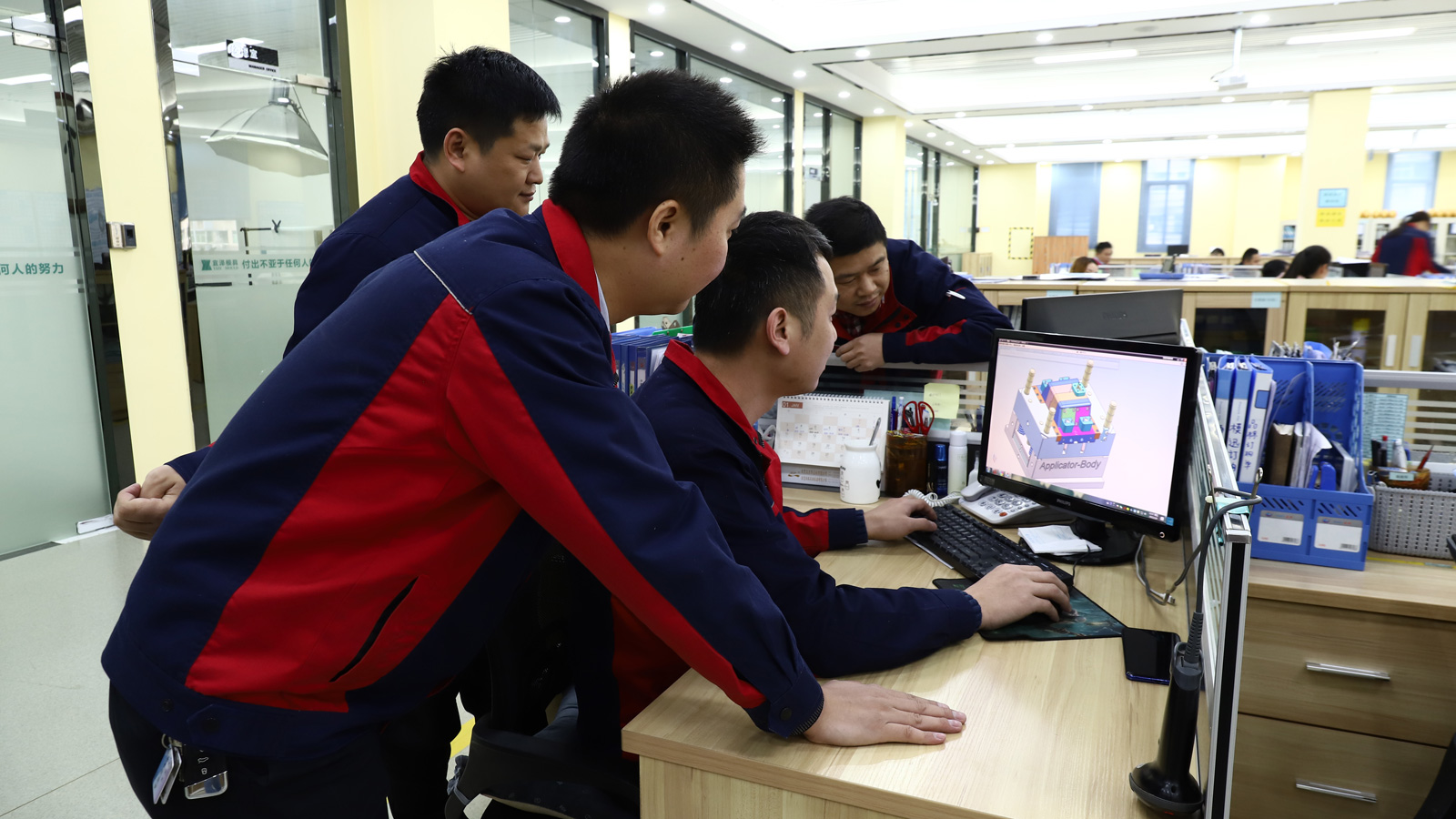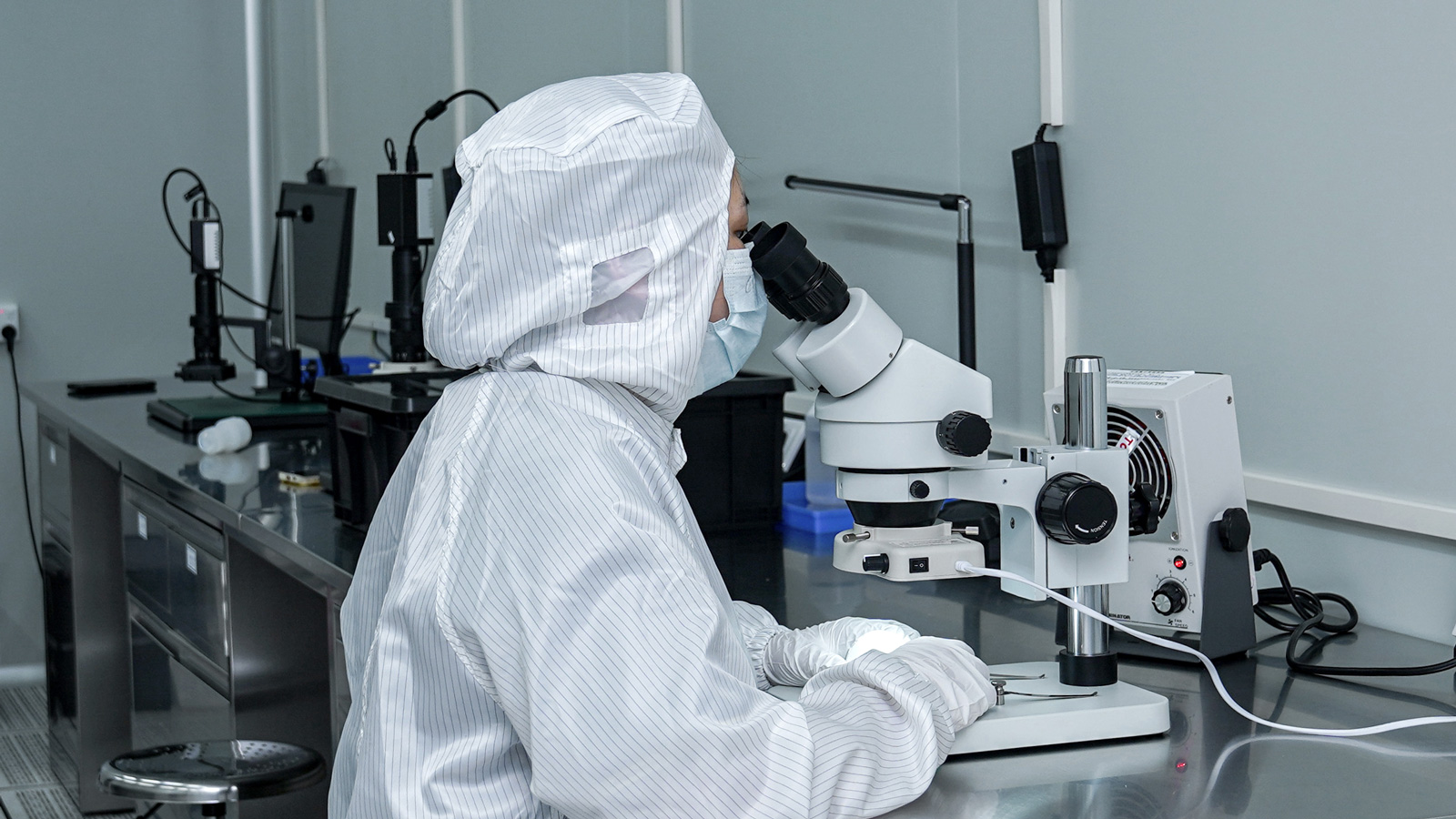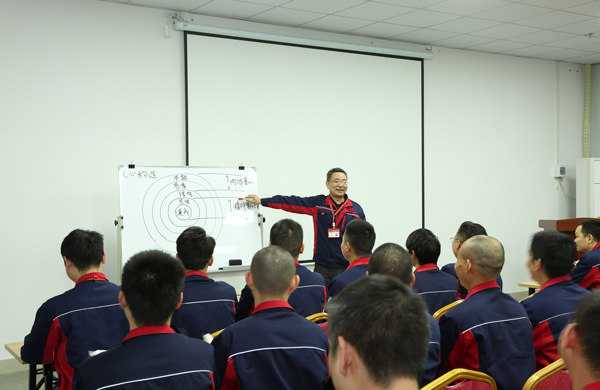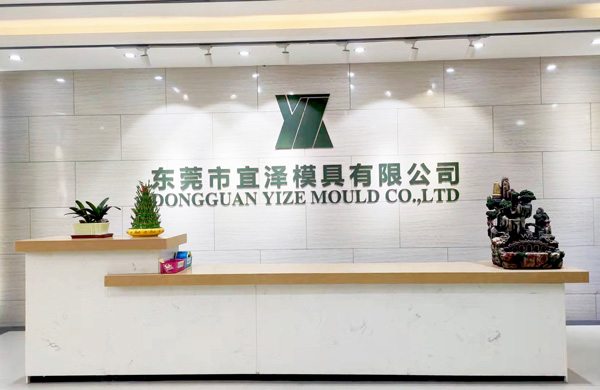Introduction
Polyetheretherketone (PEEK), a specialty engineering plastic, occupies a critical position in fields such as aerospace, medical implants, automotive electronics, and semiconductor manufacturing due to its excellent high-temperature resistance (long-term use temperature up to 260°C), mechanical strength, chemical corrosion resistance, and biocompatibility. However, PEEK’s high melting point (343°C), high melt viscosity, and susceptibility to degradation significantly differentiate its injection molding process from conventional plastics, requiring precision-controlled process parameters and specialized equipment to achieve high-quality molding. This article systematically elaborates on the core aspects of the PEEK injection molding process from four dimensions: material characteristics, process parameter optimization, mold design, and equipment selection.
I. Challenges Posed by PEEK Material Characteristics to the Injection Molding Process
-
Thermal Stability and Degradation Risks
PEEK is prone to cross-linking degradation in the molten state, generating gel-like impurities that degrade the product’s mechanical properties. Its degradation threshold temperature is approximately 380°C, and the molecular weight can decrease by 10%-15% for every 10-minute increase in residence time. Therefore, the process must strictly limit melt temperature and residence time. -
High Melt Viscosity and Flowability Control
PEEK melt viscosity (approximately 10³-10⁴ Pa·s at 400°C) is significantly higher than that of conventional plastics (such as PA66, which is 10²-10³ Pa·s), necessitating high temperature, high pressure, and screw assembly design to improve flowability while avoiding shear-induced degradation from excessive heat. -
Crystallization Behavior and Dimensional Accuracy
PEEK is a semi-crystalline polymer (crystallinity approximately 30%-40%), and the cooling rate directly affects the product’s crystallinity and shrinkage rate (typical shrinkage rate of 1.2%-2.5%). Non-uniform cooling can lead to warpage, internal stress, and dimensional deviations.
II. Optimization Strategies for Key Process Parameters
- Temperature Control System
- Barrel Temperature: Use segmented heating, with a recommended range of 380°C-420°C (highest at the nozzle section), and temperature fluctuations must be controlled within ±2°C.
- Mold Temperature: Maintain 150°C-200°C to balance crystallization rate and cooling efficiency; it is recommended to use a high-temperature oil circulation mold temperature controller.
- Melt Residence Time: Optimize screw geometry (such as a compression ratio of 3:1-4:1) and nozzle design to reduce residence time to <5 minutes.
- Synergistic Regulation of Pressure and Speed
- Injection Pressure: Use high-pressure injection (120-200 MPa) to overcome high viscosity resistance, but avoid pressure spikes that can cause molecular chain breakage.
- Injection Speed: Adopt multi-stage injection (slow-fast-slow mode), with initial slow filling (10%-30% of the stroke) to prevent jetting, followed by rapid mold filling (70%-90% of the stroke), and deceleration at the end to avoid flash.
- Packing and Cooling Processes
- Packing Pressure: Set to 60%-80% of the injection pressure, with packing time adjusted according to product thickness (typically 10-30 seconds/mm).
- Cooling System: Use high thermal conductivity mold steels (such as H13 hot work steel) and conformal cooling channel designs to ensure uniform mold cavity temperature (temperature difference <5°C).
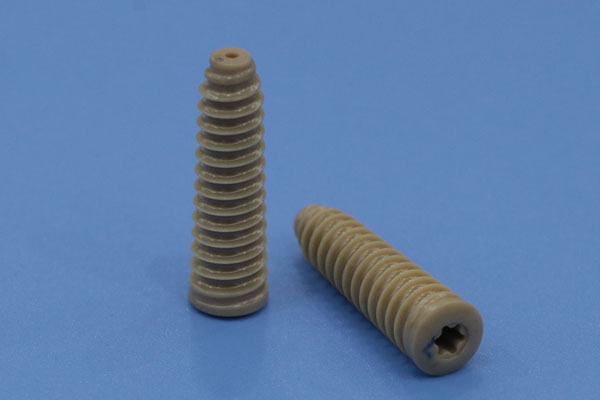
III. Key Points in Mold Design and Equipment Selection
- Mold Material and Surface Treatment
- Select high wear-resistant and corrosion-resistant steels (such as NAK80 pre-hardened steel), with flow channel surfaces polished to a mirror finish (Ra≤0.05μm) to reduce flow resistance.
- Adopt hot runner technology for gate design to avoid degradation risks from cold slug residue.
- Injection Molding Machine Configuration Requirements
- Screw Structure: Use a barrier screw (L/D≥25) with a dual temperature control system for the mixing and metering sections.
- Clamping Force: Calculate clamping force based on projected area (recommended ≥800 kN/m²) to prevent mold flash under high-pressure injection.
- Control System: Integrate closed-loop pressure/temperature control modules with a response time ≤50ms.
IV. Typical Defects and Solutions
- Insufficient Weld Line Strength
- Cause: Excessive temperature drop at the melt front during multi-gate filling.
- Solution: Increase mold temperature to 180°C-200°C and optimize gate placement to ensure a melt front temperature difference <10°C.
- Excessive Internal Stress in the Product
- Cause: Uneven cooling rate leading to residual stress.
- Solution: Use annealing treatment (200°C/2 hours) or optimize cooling channel layout to ensure a mold cavity surface temperature gradient <8°C/cm.
- Surface Silver Streaks and Degradation
- Cause: Excessive melt temperature or prolonged residence time.
- Solution: Enable screw cooling system, narrow the melt temperature fluctuation range to ±1.5°C, and install a melt filter (filtration accuracy ≤10μm).
Conclusion
The successful implementation of the PEEK injection molding process relies on the synergistic optimization of material characteristics, process parameters, mold design, and equipment performance. The mechanical properties, dimensional accuracy, and batch stability of the products can be significantly improved by precisely controlling the temperature, pressure, and flow fields, combined with high thermal conductivity molds and closed-loop control systems. As the requirements for material performance in fields such as semiconductor manufacturing and medical implants continue to rise, technological advancements in the PEEK injection molding process will further drive the development of precision molding techniques for high-end engineering plastics.
Dongguan Yize Mould Co., Ltd. was founded in 2007, is headquartered in the manufacturing capital of Dongguan, convenient transportation and logistics, is engaged in many years in the design and manufacture of precision molds and precision medical injection moulding products manufacturer, the company focuses on the automotive connectors, medical products medical injection moulding, dust-free plastic medical injection moulding, custom medical injection moulding of PFA products such as design, precision mold manufacturing, medical injection moulding and assembly, after-sales service as a whole set of solutions. You can contact us via Email [email protected] or WhatsApp +86 13302615729 !
